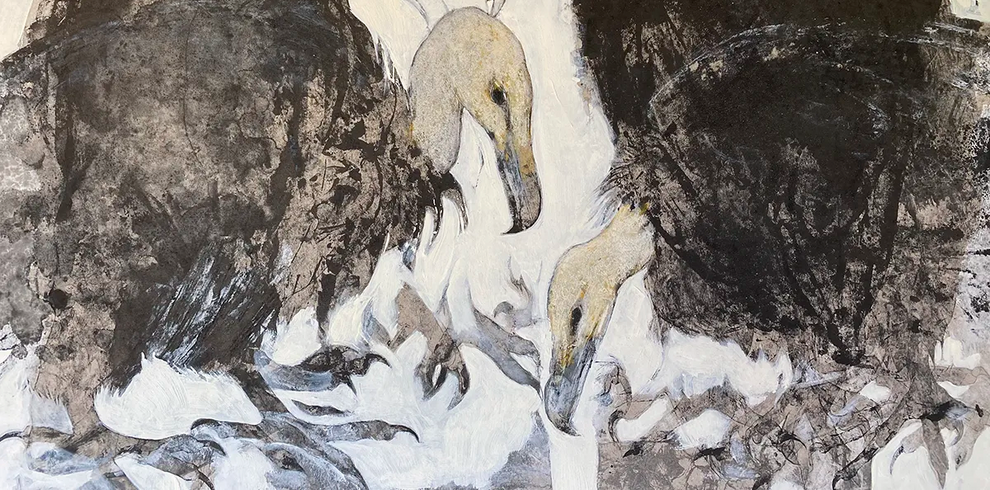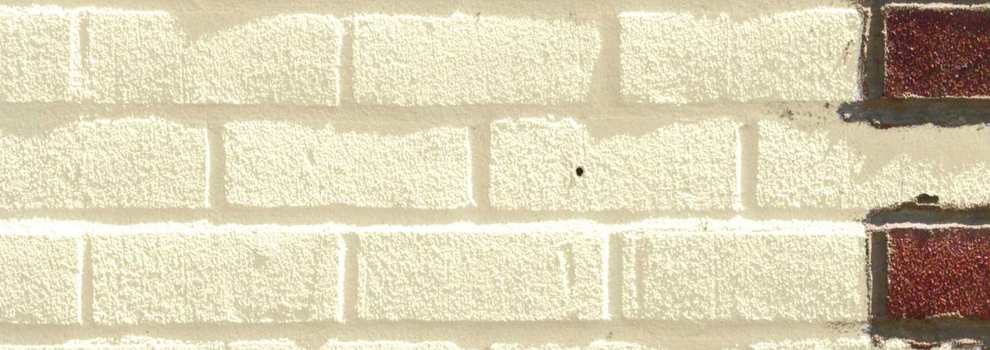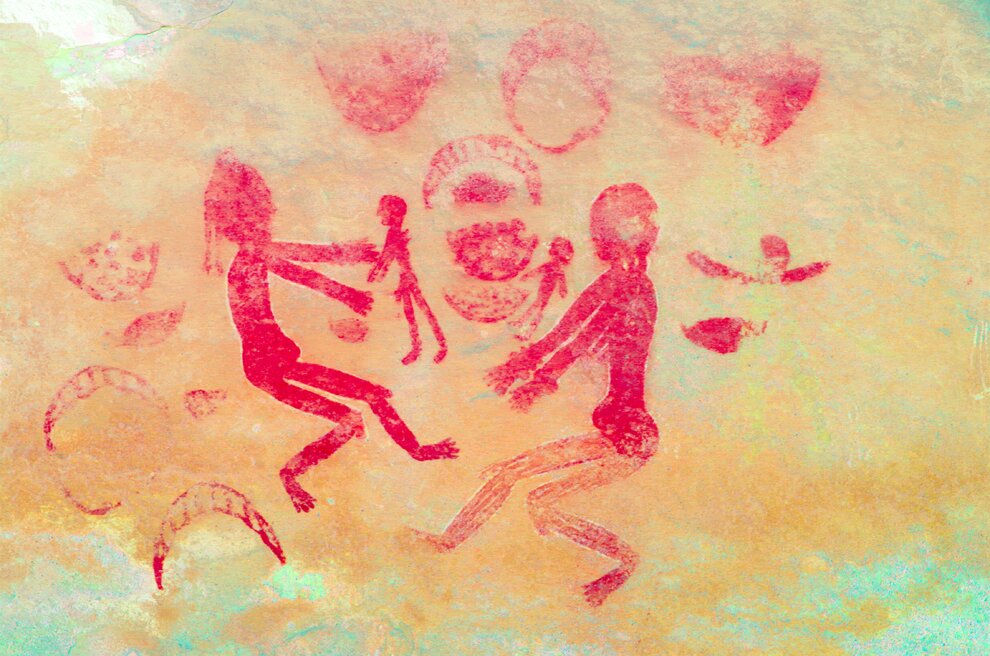Les espaces de la théorie : topologies et expériences de la pensée
Séminaire International de Sémiotique à Paris | Mercredi 14 décembre 2022
Mercredi
14
décembre
2022
13:45
17:00

Publié le 14 décembre 2022





